What Is Myopia?
Myopia, also known as nearsightedness, causes poor long-distance vision. In myopic eyes, the eyeball is either longer than normal, or the cornea is too curved, causing objects far away to appear blurry.

Myopia On The Rise
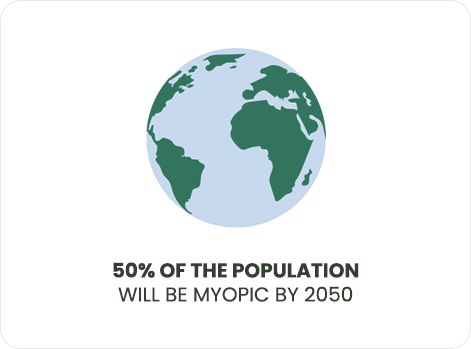
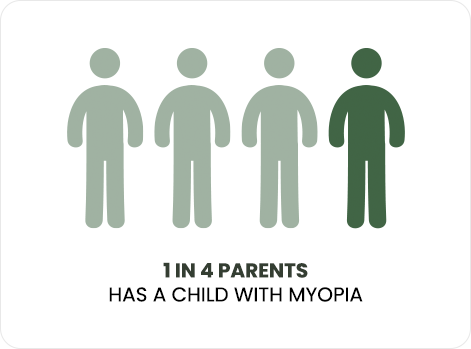
Myopia Risk Factors
2+ hours per day spent on “close work” (not including school work) can increase the risk of myopia.
There is a 25% chance a child will develop myopia if one parent is myopic and a 50% chance if both are myopic.
Specific binocular vision and focusing
disorders increase the risk of myopia.
Myopia progresses faster at an early
age, especially if a child is less than
9 years old.
Less than 60-90 minutes per day
spent outdoors in natural sunlight could
contribute to myopia.
Why Is Myopia Control Important?
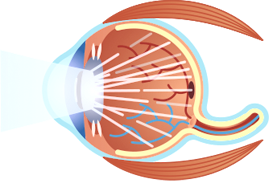
Cataracts
Cataracts tend to develop sooner in nearsighted eyes

Glaucoma
Nearsighted people have a 2-3x greater risk of glaucoma.
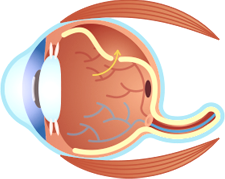
Retinal Detachment
Nearsightedness increases the risk of retinal detachment.

MYOPIC MACULOPATHY
A prescription over -6.00D poses a 40x increased risk for degeneration of the central retina.
Why Is Myopia Control Important?

MISIGHT LENSES
Easy to fit, one-day lenses that correct myopia and slow the elongation of the eye.
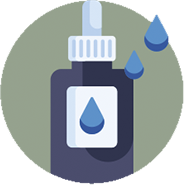
ATROPINE DROPS
A diluted form of dilation drops used at night that prevents lengthening of the eye.




